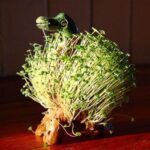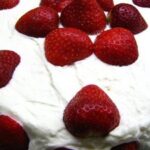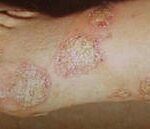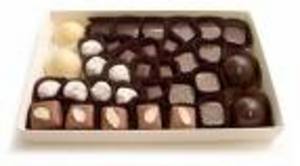Overview
Chia seed is full of protein, fiber, antioxidants and Omega-3 and Omega-6 fatty acids. 1 tsp. of chia in 1/4 cup of water will turn gelatinous. This reaction also takes place in the stomach, separating carbohydrates from digestive enzymes. The reaction is a benefit to dieters and diabetic patients because it keeps hunger at bay and maintains blood sugar levels at an even, healthy number.
Chia seed has been around since the Aztec tribes lived in Mexico. Its genus name is Salvia Hispanica or Chia Salvia Columbariae. The commercial names for Chia seed are itself, Chia Seed, and another name, Salba Seed. Chia seed are actually the dark colored seeds and Salba seed are the white seed.
The first commercial popularization of growing Chia seed in the United States was when the Chia Pet was introduced at holiday seasons. Chia Pet is a ceramic sculpture used as a base and medium for growing Chia sprouts. Chia seeds were unheard of before then. In Mexico, South America and the Southwest US among Native Americans, Chia seed was a staple of their diets.
Salvia Hispanica is the kind of Chia seed that is domesticated. It is differentiated from Salvia Columbariae by blue flowers. The seeds of this plant can be found in the flower part and is easier to harvest than Salvia Columbariae. Salvia Columbariae is not domesticated, but grows wild in the desert and is difficult to harvest because it has spines or needles surrounding a bulb full of its seeds at the top of the plant.
The harvested seed that is sold in stores simply produces a sprout that looks much like a bean sprout, but they are smaller in size. Harvested Chia seed can also be grown in any soil. It also grows in the desert wildly where there is little water. Just dig a hole with your shovel and plant 1 to 2 inches deep and wait three days for the seed to germinate.
You’ll need gloves for this kind of harvest. Salvia Hispanica is the kind of Chia seed that is domesticated. It is differentiated from Salvia Columbariae by blue flowers. The seeds of this plant can be found in the flower part and is easier to harvest than Salvia Columbariae. Salvia Columbariae is not domesticated, but grows wild in the desert and is difficult to harvest because it has spines or needles surrounding a bulb full of its seeds at the top of the plant.
For a Chia Pet, all you need to do is spread the seed on the ceramic and wait. Then, lift and wash the harvest.
You really don’t need to plant them to eat them. Chia sprouts (like on the Chia Pet) can be harvested whole and consumed as is, or the seeds can be ground up to produce a meal or flour for use in baking. When used in gel form, it can also be a binding substitute for eggs in baking.
If you go on a Chia plant hunt, in the Southwest or Mexico, take an experienced harvest with knowledge of the Chia plant with you. These people know the elements of the area. It might be a good idea to visit one of the friendly Native American reservations out there. You will be submersed in their culture and you will get to learn much about the wonderous Chia seed.
If you wait long enough and don’t harvest the sprouts, the Chia plant will grow into one of the two versions found in the desert climates.






